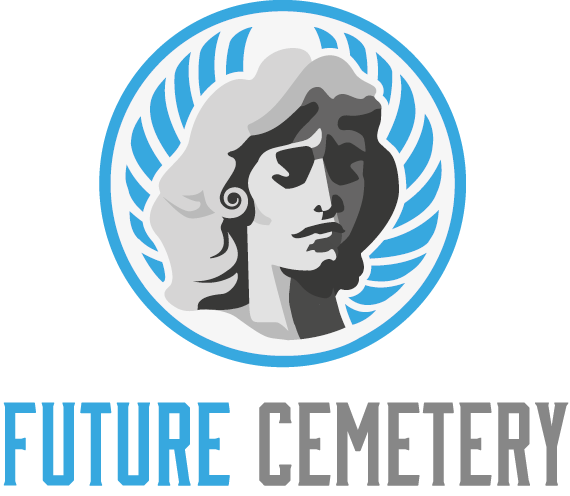Cemetery Design is an important and sensitive process. It involves a careful analysis of the land, circulation patterns and relationships between spaces.
A pronounced trend toward minimalism and environmental sustainability reflects changing cultural attitudes about death and the environment. The architecture should reflect these changes in a meaningful way.
A well-designed cemetery can enhance the experience for visitors of all ages and backgrounds.
Master Plan
A well thought out master plan is critical to a cemetery’s long-term success. It can assist with budgeting, balancing development costs and revenue, and expanding inventory based on demand.
A cemetery’s master plan should include a comprehensive analysis of the site and existing infrastructure to determine the potential for future growth. It should also provide a strategy to differentiate the cemetery from its competitors, including options for both traditional casketed burial and cremation interment.
A thoughtfully designed cemetery can utilize natural and cultural features to create unique spaces that celebrate the dead. A cemetery landscape should be beautiful, welcoming and functional. For example, a pond can serve double duty by creating a peaceful setting for visitors to stroll or paint, while a wooded hillside or high point could become a focal point of the design. Circulation is another important consideration, defining how people move through and interact with spaces. A well-designed layout optimizes movement, ensuring efficiency and safety.
Landscape and Architecture
Landscape and architecture are the elements of a cemetery that define its space and character. Cemetery landscape design must be both beautiful and functional, incorporating a variety of cultural and religious traditions while providing for the needs of the community it serves.
Mourners often leave flowers or other objects beside their loved ones’ plaques. Newer designs of columbarium walls take this into account by incorporating a metal clip or loop beside each plaque, which can hold a single flower stem or small posy. As the flowers wilt and fall, they add beauty to the cemetery without creating maintenance problems.
A well-planned and thoughtful cemetery landscaping will provide benefits such as cleaner mowing lines, reduced cleanup, lower maintenance costs and improved aesthetics. Similarly, carefully considered architecture will incorporate the best materials, scale and proportions, allowing for a respectful and memorable burial experience. Additionally, the use of natural and artificial light is a crucial element that influences perception, creates ambiance, and defines spaces.
Accessibility
A well-designed cemetery provides an inviting space for all visitors, regardless of ability. This includes clear paths and other features that are easy to navigate for people with wheelchairs or strollers.
Whether it’s natural or constructed, ponds create beautiful scenery that attracts wildlife and can be a focal point for memorials. Water features also serve a practical purpose, irrigating gardens and reducing site drainage.
Lighting is a key element in architectural design, as it impacts the perception of space and creates ambiance. A thoughtfully designed cemetery incorporates natural and artificial light to evoke the right tone for grieving.
Signage
Cemeteries are often a difficult and emotional place to navigate for visitors. A well thought out and carefully designed wayfinding system can help visitors find their way and give them the information they need to feel comfortable in a unfamiliar setting.
A traditional cemetery Entry Feature welcomes the arriving or departing visitor to the site and establishes the character of the memorial grounds within. Traditionally this includes a swinging gate and a fence structure to control access during non-visiting hours and provides a sense of definition along the roadway (approach road). The landscape design accentuates the entrance with groupings of compatible low maintenance plantings and a flag element.
Monument and mausoleum entrance signs provide important information to visitors and should be carefully crafted to reflect the architectural style of the rest of the cemetery or memorial park. Directional and informational maps need to be clear and easy to read from a distance and close-up. These types of signs are a great opportunity to include graphic maps of your Cemetery online with a link to Chronicle’s map service for visitors to do deceased searches themselves.
